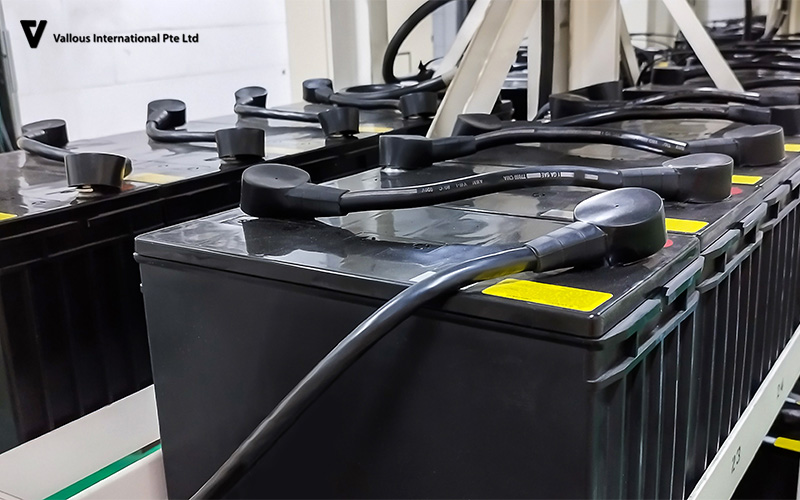
Key Takeaways
- Right-sizing matters – Accurately assess your power load to avoid over- or under-sizing your UPS and battery system.
- Choose UPS type wisely – Standby, line-interactive, and online UPS systems offer different levels of protection depending on your business needs.
- Think beyond just backup – Consider runtime scalability, monitoring features, and reliable UPS maintenance service for long-term performance.
In today’s digitally driven world, even a brief power outage can disrupt operations, lead to data loss, and affect customer experience. Whether you’re running a data centre, office, or retail space, investing in a reliable uninterruptible power supply (UPS) and battery system is critical for business continuity. But how do you know which system is right for your needs?
Here’s a step-by-step guide to help you make an informed decision.
1. Assess Your Power Load Requirements
Before diving into technical specifications, start by calculating the total power load your critical equipment consumes. This includes servers, computers, network devices, and any other essential systems. Measure this in watts (W) or kilowatts (kW).
An accurate assessment ensures your UPS and battery system is neither oversized (leading to wasted energy and higher costs) nor undersized (leaving you vulnerable during outages). A precise power load analysis lays the foundation for choosing the right setup that matches your real needs.
2. Choose the Right UPS Type
Not all UPS power supply systems are created equal. There are three main types to choose from:
- Standby UPS: Best for non-critical applications, this type kicks in when a power failure is detected. It’s budget-friendly but offers minimal protection.
- Line-Interactive UPS: Suitable for small business operations, this system regulates minor power fluctuations and offers more stability than standby models.
- Online UPS: Ideal for mission-critical IT environments, online systems provide constant power by converting incoming AC to DC and back again. They offer the highest level of protection and ensure seamless UPS power backup.
Choosing the right type depends on how sensitive your equipment is to power interruptions and how crucial uptime is for your business.
3. Evaluate Battery Runtime and Scalability
Once you’ve selected your UPS type, think about how long you need to sustain operations during a power outage. Battery runtime can range from a few minutes to several hours, depending on the system and load.
Some advanced UPS and battery setups offer modular battery packs, allowing you to extend runtime as your power needs grow. This scalability is particularly beneficial for expanding businesses, as it ensures long-term cost efficiency without a full system overhaul.
4. Factor in Monitoring and Maintenance Needs
An effective UPS and battery system isn’t just about hardware—it’s also about visibility and upkeep. Look for systems that come with smart monitoring capabilities. Features like real-time diagnostics, battery health reports, and remote alerts can help you catch issues early and reduce downtime.
Reliable UPS maintenance service is equally important. Regular checks and timely battery replacements ensure your system performs optimally when it matters most.
Choosing the right UPS and battery system is a strategic move that protects your business from unforeseen disruptions. By understanding your power requirements, selecting the appropriate UPS type, considering battery scalability, and prioritising maintenance and monitoring, you can ensure your operations remain powered and protected, no matter what.
For expert advice and tailored solutions in Singapore, contact our team today to help you find the perfect fit for your needs.